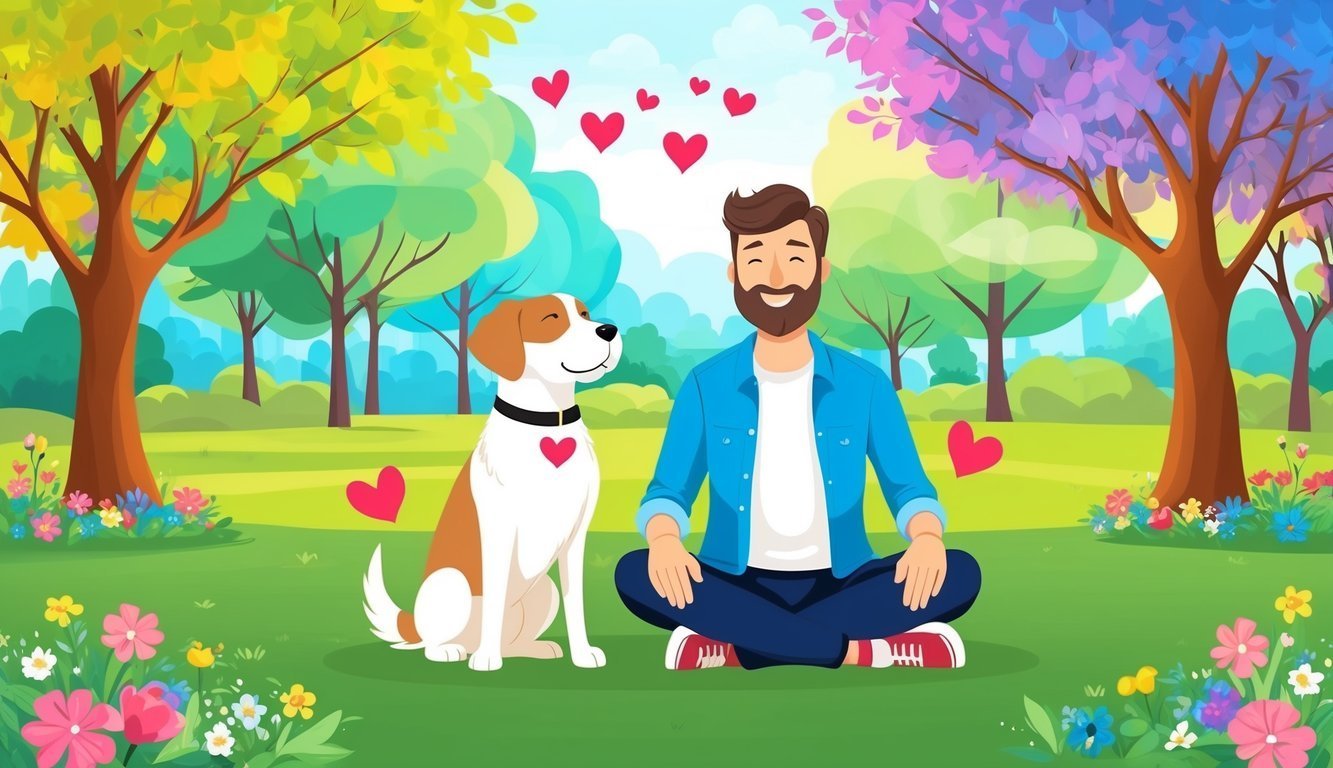A recent study from the University of Jyväskylä has unveiled a captivating connection between the heart rate variability of dogs and their owners during interactions.
This research suggests that the physiological responses of both parties adapt in tandem, pointing to a profound emotional bond.
Essentially, when heart rate variability is high, it indicates a state of calmness, while low variability is associated with stress or excitement.
These findings deepen our understanding of the emotional ties that exist between dogs and their human companions, shedding light on the physiological mechanisms behind these relationships.
Understanding Emotional Bonding
Emotional bonding is a crucial aspect of human relationships, particularly in the parent-child dynamic, where emotional synchronization fosters secure attachments.
Interestingly, similar emotional connections seem to exist between dogs and their owners, but the underlying physiological aspects have previously remained largely uncharted territory.
This study, spearheaded by the Department of Psychology and the Jyväskylä Centre for Interdisciplinary Brain Research, focused on measuring heart rate variability in dogs and their owners as they participated in various activities.
Heart rate variability, characterized by fluctuations in the time intervals between heartbeats, serves as an indicator of the autonomic nervous system’s response.
The researchers discovered a notable reciprocal relationship: as the owner’s heart rate variability increased, so did the dog’s, and vice versa.
They also observed that the physical activities of both dogs and their owners often mirrored each other throughout the study.
Research Findings
To explore the connections between heart rate variability and activity levels, the researchers conducted specific tasks.
At different points during the activities, they noted the interdependence of these parameters between dogs and their owners.
Remarkably, during times of free relaxation, a correlation emerged; when owners exhibited higher heart rate variability, dogs did as well, highlighting a shared sense of tranquility.
In engaging interactive tasks like play, the owners and dogs maintained similar activity levels, suggesting that while physical engagement influences heart rate, emotional states might hold a stronger sway.
One researcher pointed out that this synchronization of heart rates during resting periods likely resulted from the absence of external stressors, which allowed both dogs and owners to respond naturally to each other’s emotional cues.
Further investigation into other variables affecting this connection revealed an interesting trend: larger dogs tended to show greater heart rate variability.
Additionally, the emotional state of the owner, particularly those with a tendency toward negative affectivity—meaning they focus on the unfavorable—was found to correlate with higher heart rate variability in their dogs.
These kinds of owners often develop stronger emotional bonds with their dogs, likely creating an environment that fosters security for their canine companions.
Study Implications
An intriguing aspect of the study was that the dogs’ heart rate variability was a more accurate predictor of their owners’ variability than other factors such as activity levels and body mass index.
The lead researcher highlighted the originality of this study, noting that it uniquely monitored the heart rate and activity levels of both dogs and owners simultaneously, unlike past research that typically focused on one participant at a time.
This comprehensive approach has opened avenues for new insights into the dynamics of human-canine interaction.
In essence, this research underscores the way emotional states can adapt and sync during interactions, revealing that the physiological processes shaping human emotional bonds might also apply to those shared between humans and dogs.
It adds valuable knowledge to our understanding of interspecies relationships and the vital role of emotional connections.
Funded mainly by the Research Council of Finland and the Agria & Svenska Kennelklubben Research Fund, the study involved 30 dog owners who voluntarily participated with their pets, representing breeds known for their cooperative nature, like shepherds and retrievers.
The findings align with existing literature, which indicates that breeds designed for collaboration are especially attuned to their owners’ behaviors and personalities.
Future research phases aim to delve deeper into the mechanisms that facilitate these intriguing interactions.
The complete findings of this investigation were published in the journal Scientific Reports on October 24, 2024.
Source: ScienceDaily

